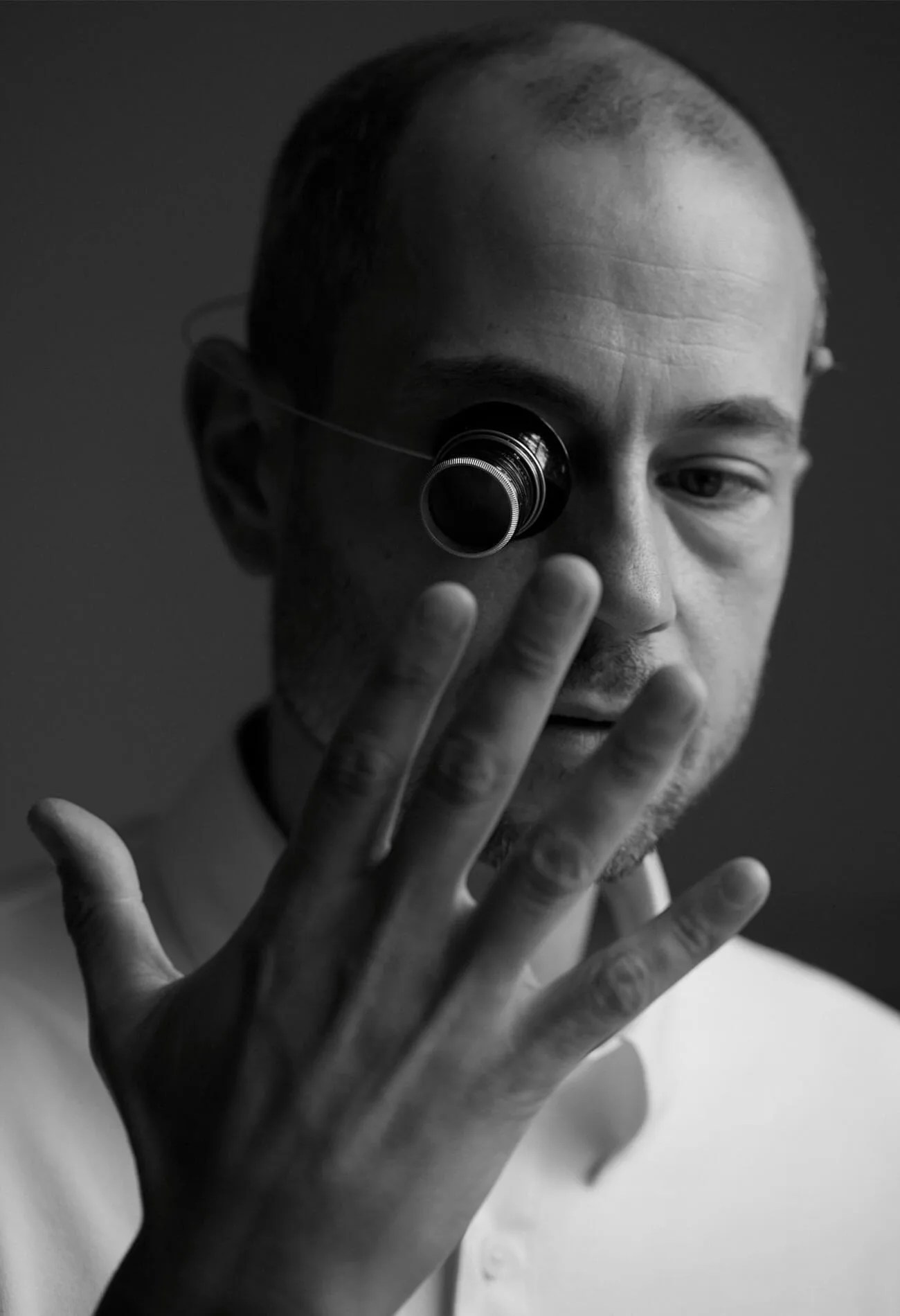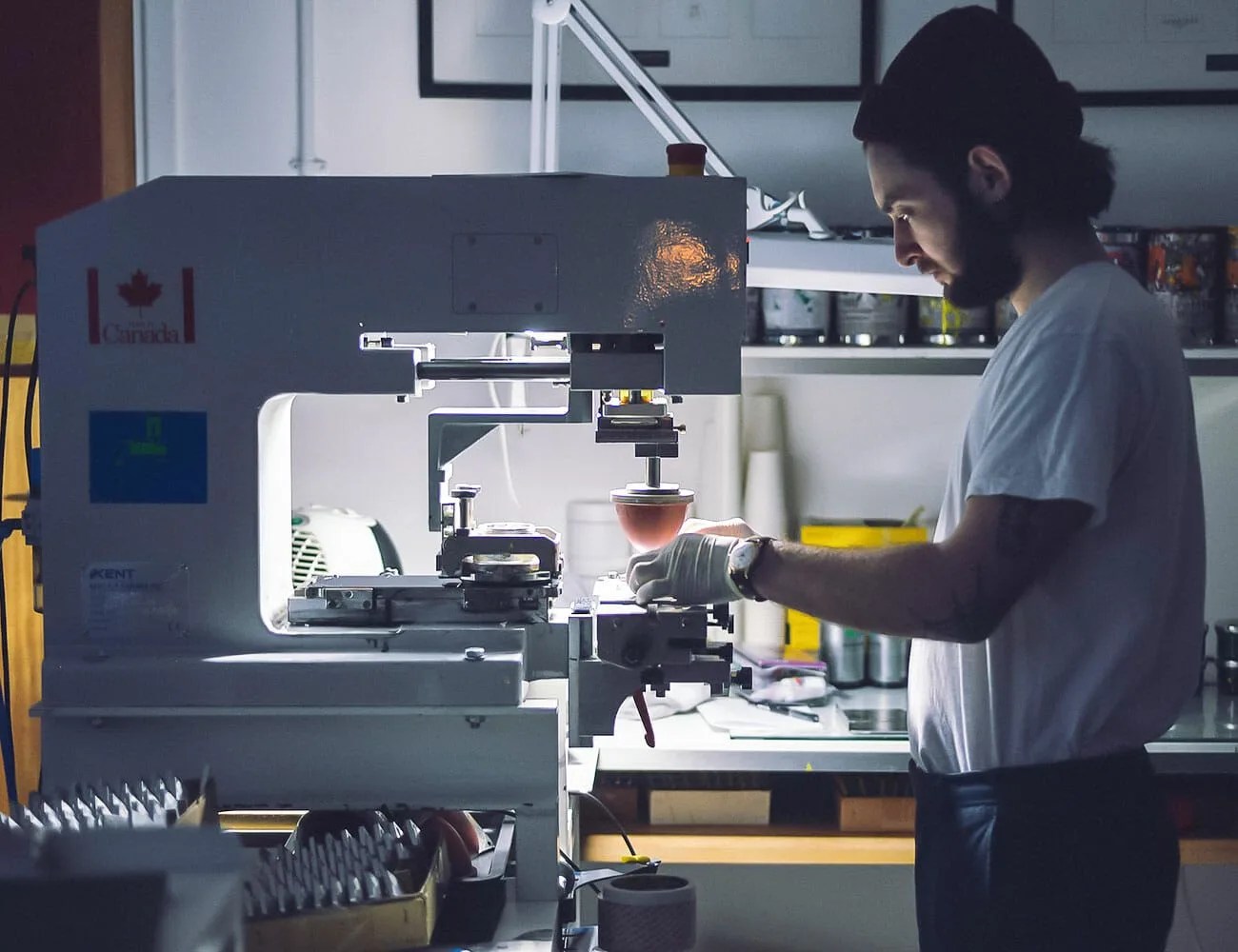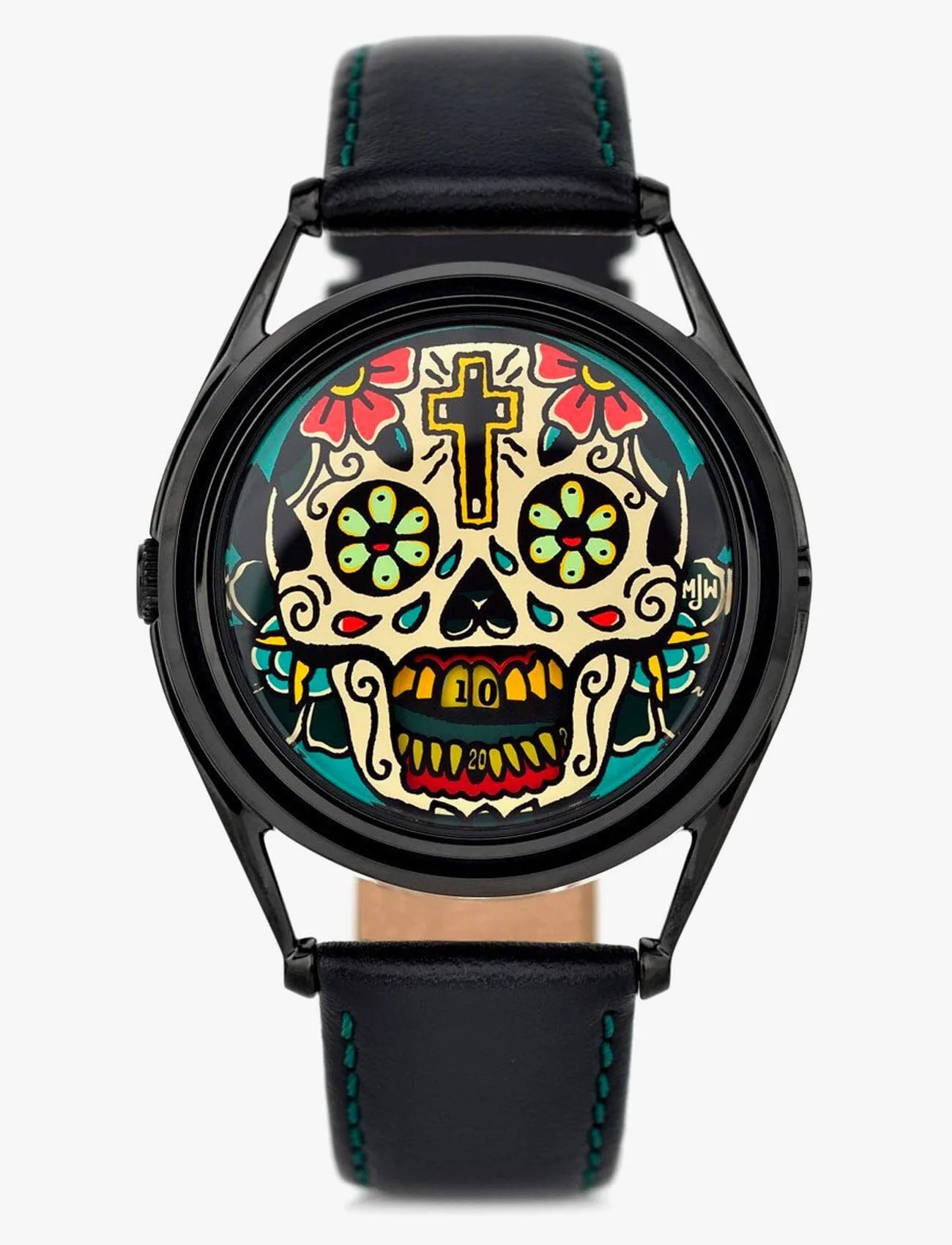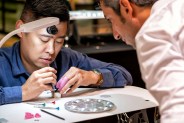In the early 2000s, Crispin Jones, a graduate of the Royal College of Art and Design, spent his days building pieces for exhibition. These pieces, he says, were “neither high art nor design”. So what were they, exactly? Well, one was a robotic arm designed to achieve a perfect score in the 1980s arcade game Track & Field. Another was a table that answered a question card — but only if you held the card in place in a slot while it became hotter and hotter to the touch,.
But tables that burn your hand tend not to pay the bills steadily. Jones had dabbled in watch design in his studies, so in 2005, he decided to make a small production run.
“I thought that there are loads of inexpensive watches out there, but generally they try to imitate the high-end brands (which I always thought was weird — I mean, inexpensive cars don’t try to look like they’re Ferraris),” he wrote in an email. “My initial thought was simply that I could use some of the inexpensive manufacturing and combine it with interesting design to create a new kind of product.”
The result of this work — after a few years of tinkering — was Mr Jones watches, a line of alternative, inexpensive, and thoroughly intriguing wristwatches. If you pay attention, you may see someone wearing one at a coffee shop, or an art show, or a concert, your eye caught by the trap of its clever hand-printed design. We asked Jones about his outside-the-box approach to time-telling, what smartphones mean for wristwatches, and more.
[This interview has been edited for length and clarity.]

Q: I’m curious about this quote on your website: “Today, everyone checks their mobile phone to see the time. This liberates the watch from being a purely functional object and means that we can be a bit more playful with it.” I’ve always thought about this the other way — a watch would help me not look at my phone as much. It doesn’t always work my way, though — I often find myself looking at both my watch and my phone. And it seems like a lot of big mechanical watch brands are in denial about smart phones and what they mean for watches. Can you explain a little bit more about your theory on why smartphones make “playful” watches more relevant?
A: I think what’s instructive is to compare the situation today with fifty years ago. Fifty years ago, time information was limited to a few places: at a railway station for example there would be a single central clock. Or of course you had your watch — everyone had a watch 50 years ago!



